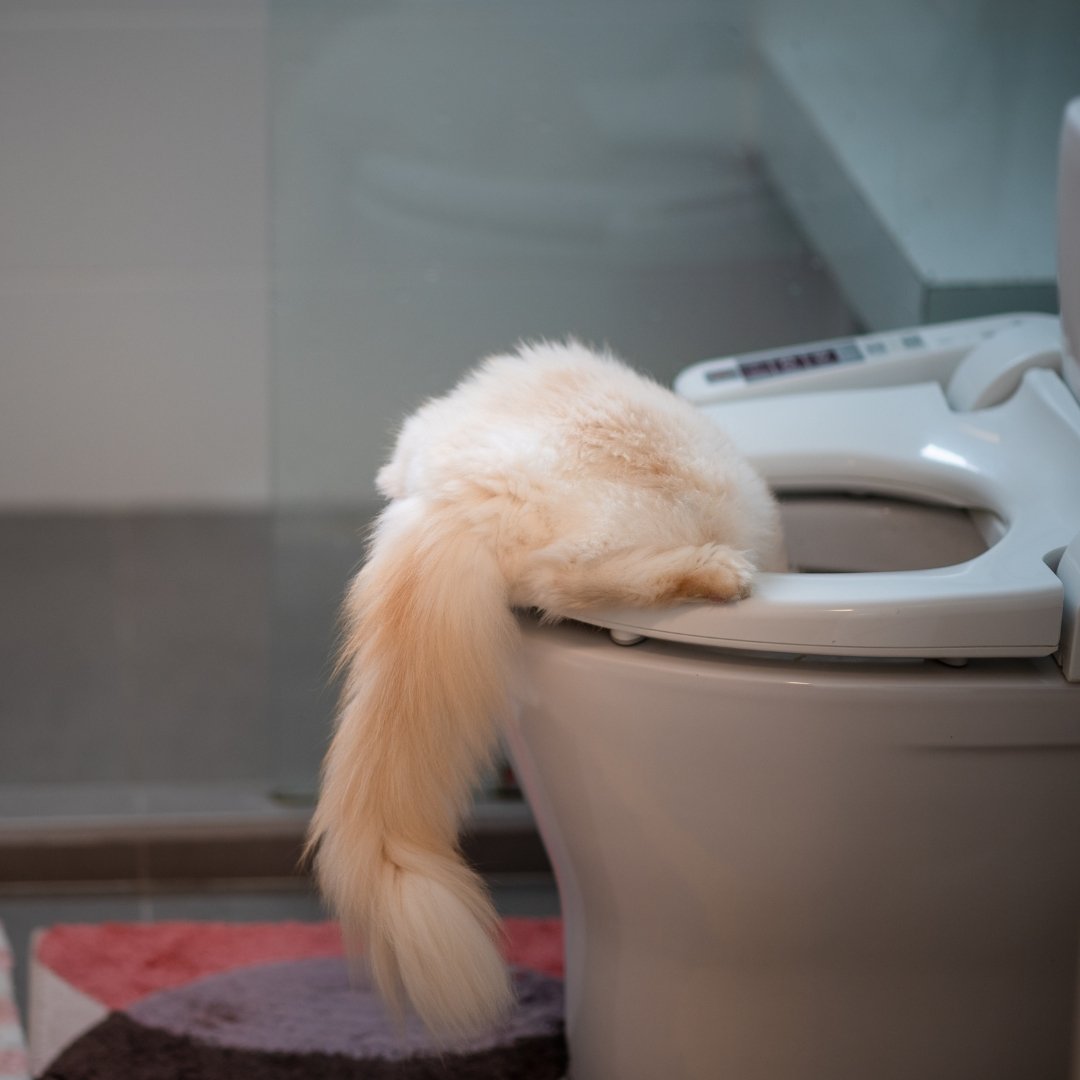Are you currently trying to locate advice on How to Dispose of Cat Poop and Litter Without Plastic Bags?

Introduction
As cat owners, it's vital to bear in mind exactly how we dispose of our feline friends' waste. While it might seem practical to flush feline poop down the bathroom, this technique can have detrimental consequences for both the environment and human wellness.
Ecological Impact
Purging cat poop presents unsafe microorganisms and parasites into the supply of water, posing a considerable threat to marine communities. These contaminants can negatively impact aquatic life and compromise water high quality.
Health and wellness Risks
Along with ecological concerns, purging feline waste can additionally pose wellness risks to human beings. Cat feces may have Toxoplasma gondii, a parasite that can create toxoplasmosis-- a possibly serious health problem, particularly for pregnant women and people with damaged immune systems.
Alternatives to Flushing
Thankfully, there are much safer and extra liable means to get rid of cat poop. Consider the complying with options:
1. Scoop and Dispose in Trash
The most usual approach of throwing away feline poop is to scoop it into a naturally degradable bag and throw it in the garbage. Make certain to use a devoted litter scoop and dispose of the waste immediately.
2. Usage Biodegradable Litter
Go with eco-friendly pet cat trash made from materials such as corn or wheat. These trashes are environmentally friendly and can be safely disposed of in the trash.
3. Bury in the Yard
If you have a lawn, think about hiding pet cat waste in a designated location away from veggie gardens and water sources. Make sure to dig deep adequate to avoid contamination of groundwater.
4. Set Up a Pet Waste Disposal System
Invest in a family pet garbage disposal system specifically made for cat waste. These systems use enzymes to break down the waste, minimizing odor and environmental impact.
Conclusion
Liable pet ownership expands past giving food and sanctuary-- it also entails proper waste monitoring. By avoiding purging feline poop down the commode and opting for alternative disposal approaches, we can lessen our environmental footprint and protect human health and wellness.
Why Can’t I Flush Cat Poop?
It Spreads a Parasite
Cats are frequently infected with a parasite called toxoplasma gondii. The parasite causes an infection called toxoplasmosis. It is usually harmless to cats. The parasite only uses cat poop as a host for its eggs. Otherwise, the cat’s immune system usually keeps the infection at low enough levels to maintain its own health. But it does not stop the develop of eggs. These eggs are tiny and surprisingly tough. They may survive for a year before they begin to grow. But that’s the problem.
Our wastewater system is not designed to deal with toxoplasmosis eggs. Instead, most eggs will flush from your toilet into sewers and wastewater management plants. After the sewage is treated for many other harmful things in it, it is typically released into local rivers, lakes, or oceans. Here, the toxoplasmosis eggs can find new hosts, including starfish, crabs, otters, and many other wildlife. For many, this is a significant risk to their health. Toxoplasmosis can also end up infecting water sources that are important for agriculture, which means our deer, pigs, and sheep can get infected too.
Is There Risk to Humans?
There can be a risk to human life from flushing cat poop down the toilet. If you do so, the parasites from your cat’s poop can end up in shellfish, game animals, or livestock. If this meat is then served raw or undercooked, the people who eat it can get sick.
In fact, according to the CDC, 40 million people in the United States are infected with toxoplasma gondii. They get it from exposure to infected seafood, or from some kind of cat poop contamination, like drinking from a stream that is contaminated or touching anything that has come into contact with cat poop. That includes just cleaning a cat litter box.
Most people who get infected with these parasites will not develop any symptoms. However, for pregnant women or for those with compromised immune systems, the parasite can cause severe health problems.
How to Handle Cat Poop
The best way to handle cat poop is actually to clean the box more often. The eggs that the parasite sheds will not become active until one to five days after the cat poops. That means that if you clean daily, you’re much less likely to come into direct contact with infectious eggs.
That said, always dispose of cat poop in the garbage and not down the toilet. Wash your hands before and after you clean the litter box, and bring the bag of poop right outside to your garbage bins.
https://trenchlesssolutionsusa.com/why-cant-i-flush-cat-poop/

As a person who reads about Don’t flush cat feces down the toilet, I figured sharing that short article was smart. Enjoyed reading our content? Please share it. Help someone else check it out. I appreciate reading our article about How to Dispose of Cat Poop and Litter Without Plastic Bags.
Get A Free Quote